|
Hipparchia syriaca / Eastern Rock Grayling
E mermerta siriane
Nymphalidae - Satyrinae
Hipparchia syriaca (Staudinger, 1871). TL: Beirut, Lebanon.
 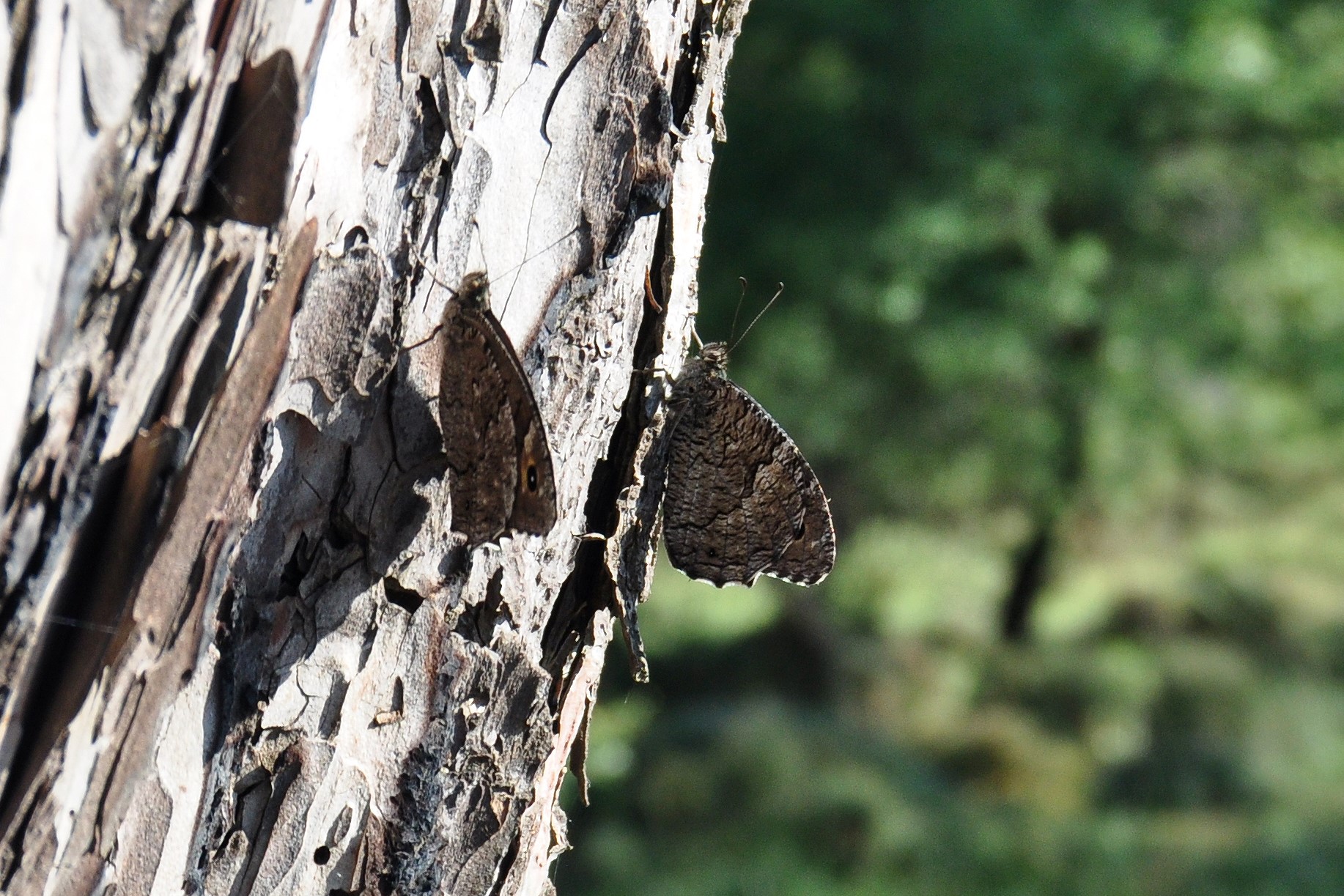
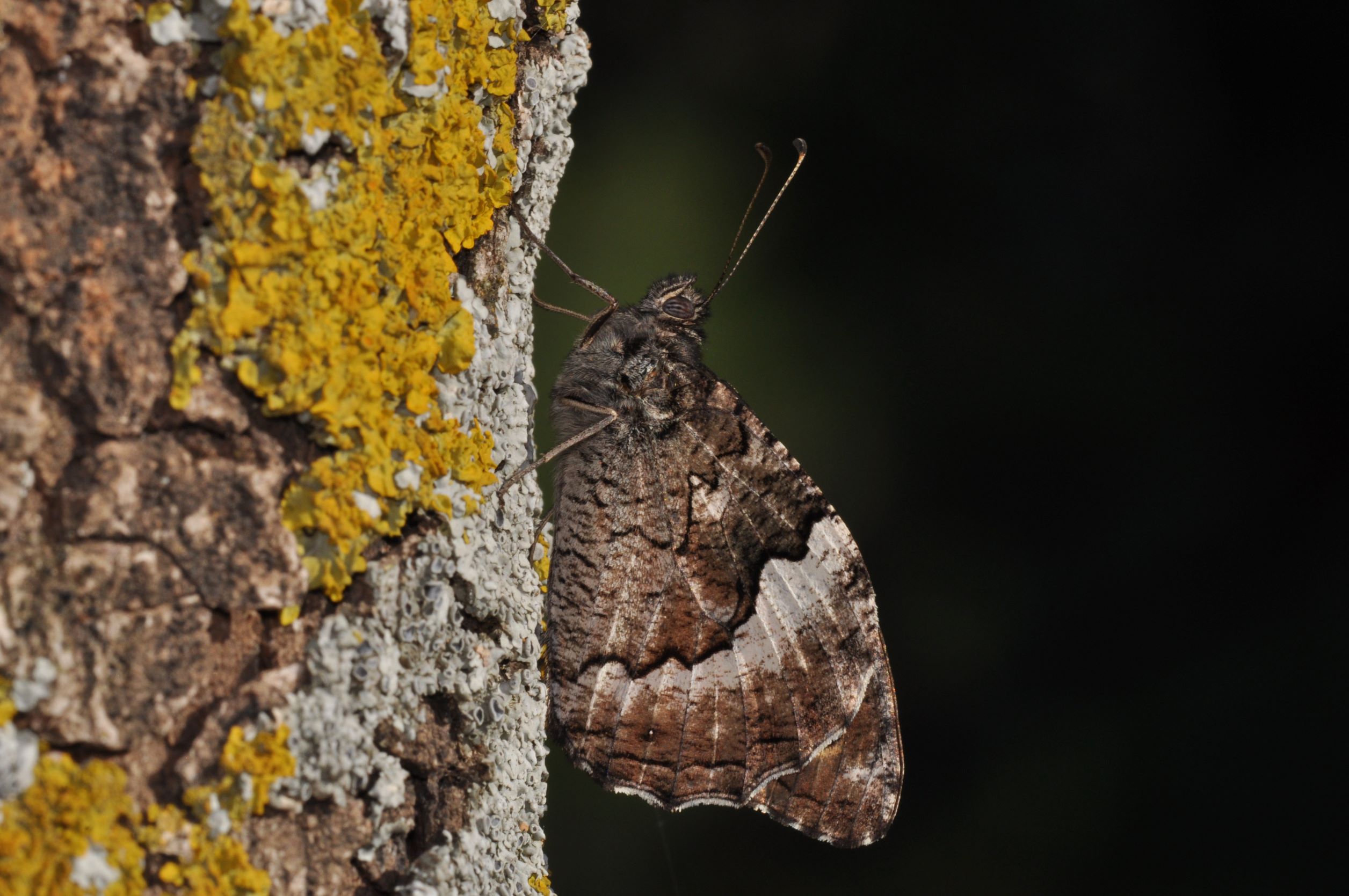 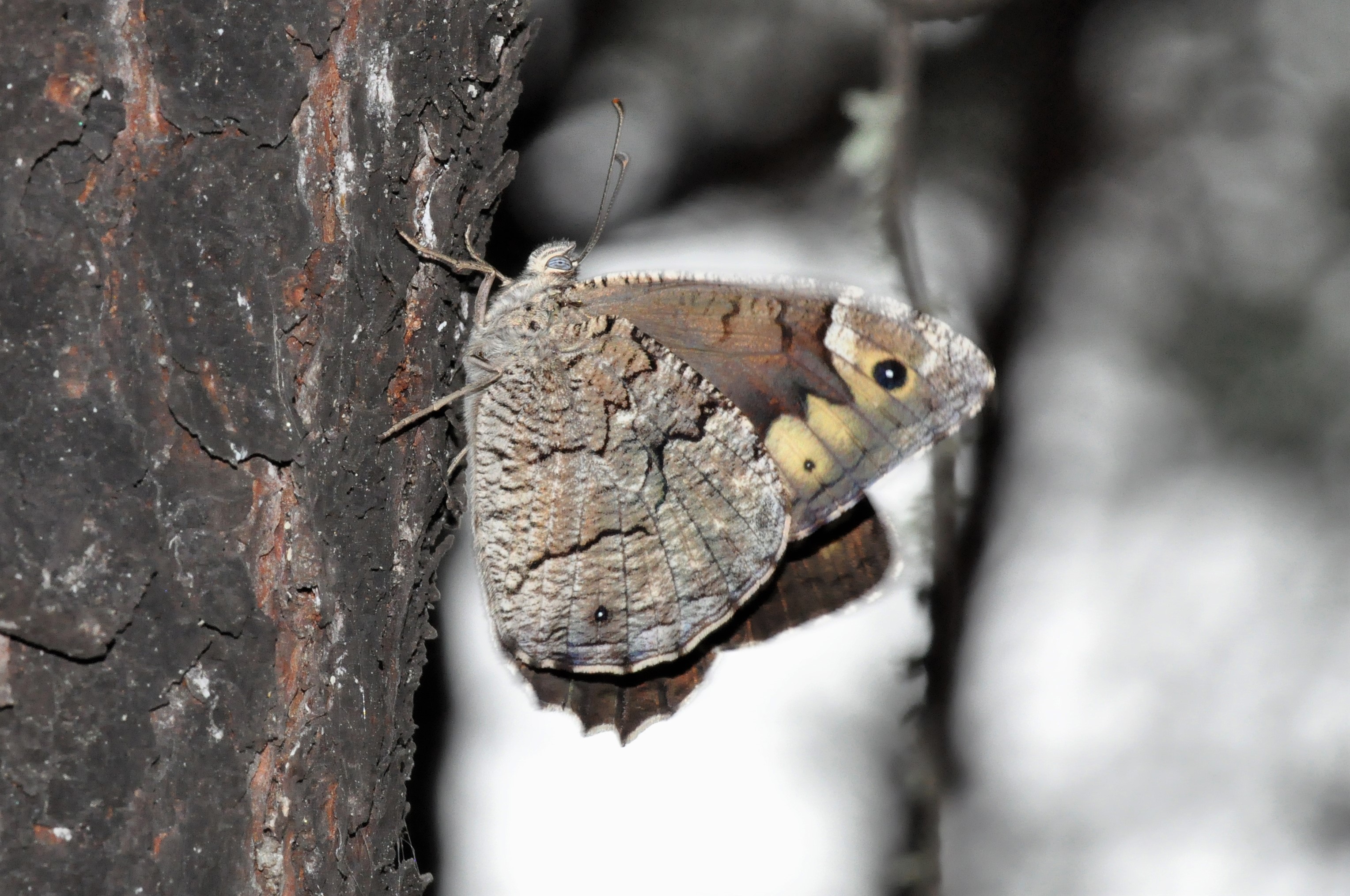 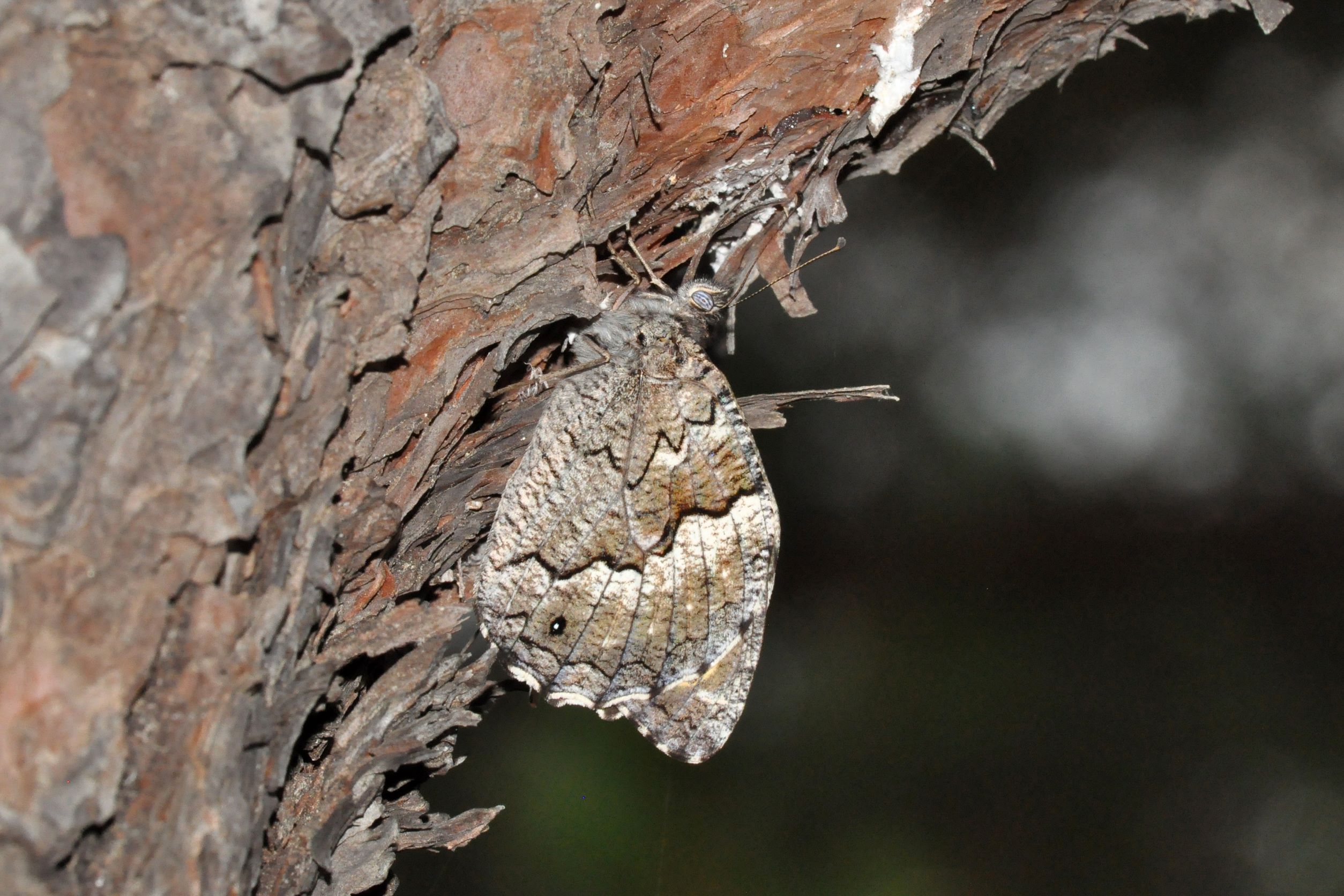
1a. Hipparchia syriaca, distribution map (09.i.2025).  Historical data ; Historical data ;  Additional data from the 2018 update ; Additional data from the 2018 update ;  New observations since the 2018 update. New observations since the 2018 update.
1b. Hipparchia syriaca ♂ underside. Greece (© Sylvain Cuvelier)
1c. Hipparchia syriaca ♂ underside. Greece (© Sylvain Cuvelier)
1d. Hipparchia syriaca ♀ underside. Greece (© Sylvain Cuvelier)
1e. Hipparchia syriaca ♂ underside. Greece (© Sylvain Cuvelier)
Description
♂♂
Large butterfly. Fw: 27-34 mm.
Fw: slightly pointed apex.
Ups: dark brownish-grey gc.
Upf: sex-brand, pale cream postdiscal band, variable fuscous suffusion enclosing variable ocelli in s5 and s2 (sometimes absent)
Uph: curved to nearly straight outer edge of dark basal area without angle on v3 and v4.
Unh: marbled brownish-grey gc, less pronounced postdiscal band often disappearing towards inner margin.
♀♀
Larger.
Upf: wider and paler postdiscal bands, often small ocellus in s2.
Similar species
Life cycle
Adults: single generation from June to September, aestivation period.
Egg: short stage.
Caterpillar: overwintering.
Pupa: short stage.
Habitat
Hipparchia syriaca inhabits grasslands in sunny open rocky places with scattered shrubs or trees, often resting on rocks and tree trunks from lowland up to 1250 m a.s.l.
Spatial requirement moderate, population density can be high.
Foodplants
Caterpillars feed on Brachypodium sp. and Holcus sp.
Butterflies feed on higher flowers and are mud-puddling.
Distribution
Albania: probably local despite possible confusion with H. fagi (more genitalia confirmed data needed)
Balkan: AL - BG - BIH - GR - HR - NMK - MNE - RKS - RO - SLO - SRB
Europe: IB - IT - ALP - BAL - NWE - UK - SCA - EEU*
Asia Minor, Near East, Transcaucasia, Caucasus and further east.
Conservation status
Hipparchia syriaca is not endangered.
Albanian Red List: NE.
IUCN Red List, category at the Mediterranean level: LC.
Useful links
Pyrgus.de
Lepiforum
Euroleps
(url) Coutsis J. 1983. Description of the female genitalia of Hipparchia fagi Scopoli, Hipparchia semele Linnaeus (Satyridae) and their related taxa. — The Journal of Research on the Lepidoptera 22(3): 161–203.
|
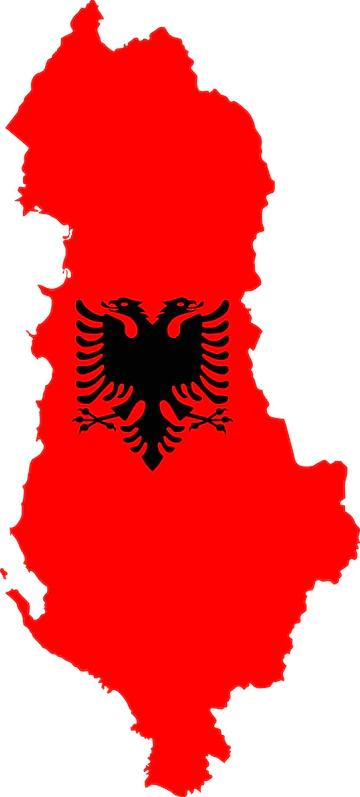 xx
xx 





 Historical data ;
Historical data ;  Additional data from the 2018 update ;
Additional data from the 2018 update ;  New observations since the 2018 update.
New observations since the 2018 update.